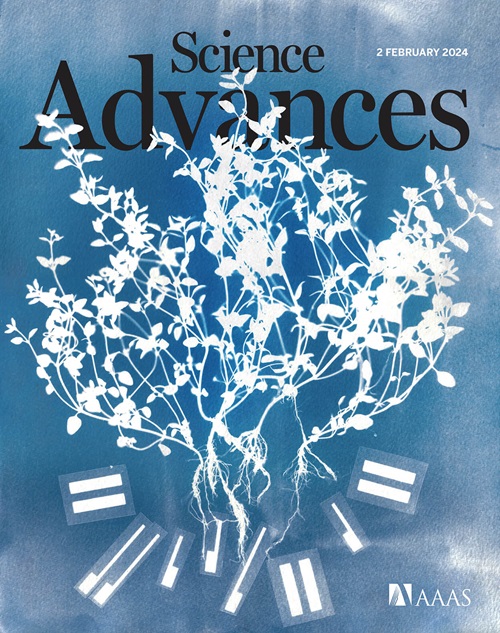Untethered subcentimeter flying robots
IF 11.7
1区 综合性期刊
Q1 MULTIDISCIPLINARY SCIENCES
引用次数: 0
Abstract
The miniaturization of insect-scale flying robots with untethered flights is extremely challenging as the tradeoff between mass and power becomes problematic. Here, a subcentimeter rotating-wing robot of 21 mg in weight and 9.4 mm in wingspan driven by a single-axis alternating magnetic field has accomplished navigable flights. This artificial flying robot is the lightest and smallest to realize untethered and controllable aerial travels including hovering, collision recovery, and route adjustments. Experimentally, it has achieved a high aerodynamic efficacy with a measured lift-to-drag ratio of 0.7 and lift–to–flying power ratio of 7.2 × 10−2 N/W at a Reynolds number of ~2500. The wireless driving mechanism, system operation principle, and flight characteristics can be further optimized for the advancement and miniaturization of subcentimeter scale flying robots.

求助全文
约1分钟内获得全文
求助全文
来源期刊

Science Advances
综合性期刊-综合性期刊
CiteScore
21.40
自引率
1.50%
发文量
1937
审稿时长
29 weeks
期刊介绍:
Science Advances, an open-access journal by AAAS, publishes impactful research in diverse scientific areas. It aims for fair, fast, and expert peer review, providing freely accessible research to readers. Led by distinguished scientists, the journal supports AAAS's mission by extending Science magazine's capacity to identify and promote significant advances. Evolving digital publishing technologies play a crucial role in advancing AAAS's global mission for science communication and benefitting humankind.
 求助内容:
求助内容: 应助结果提醒方式:
应助结果提醒方式:


